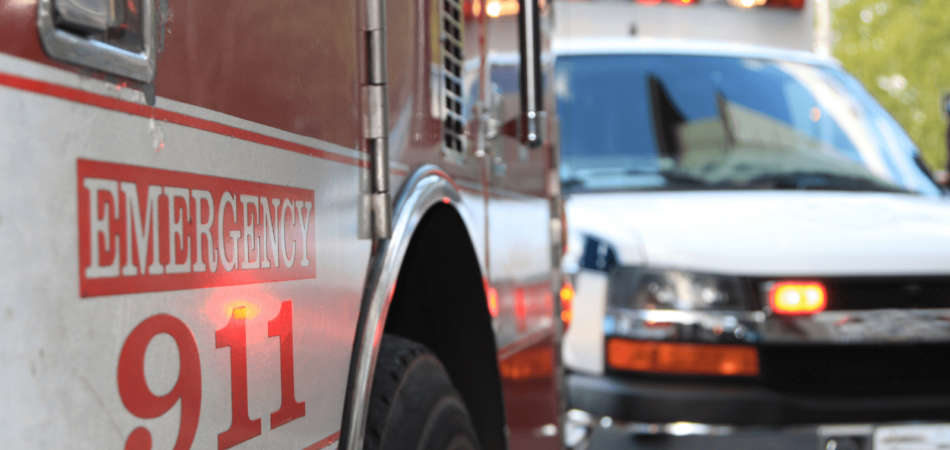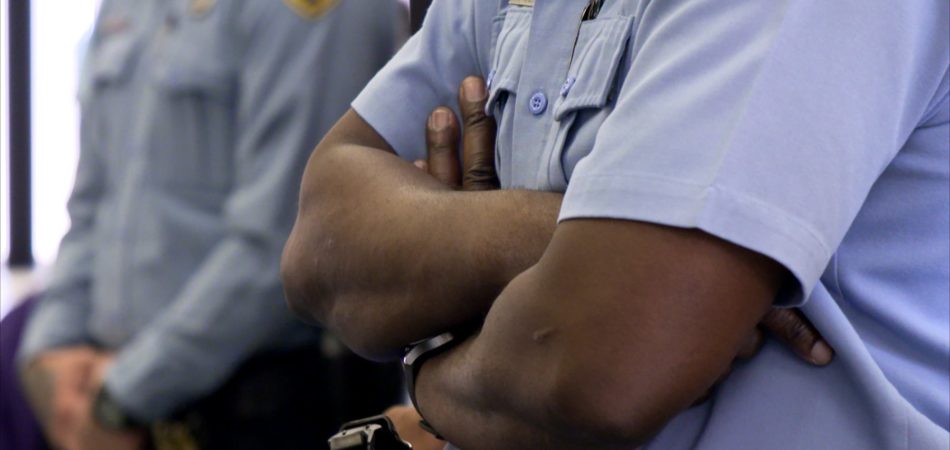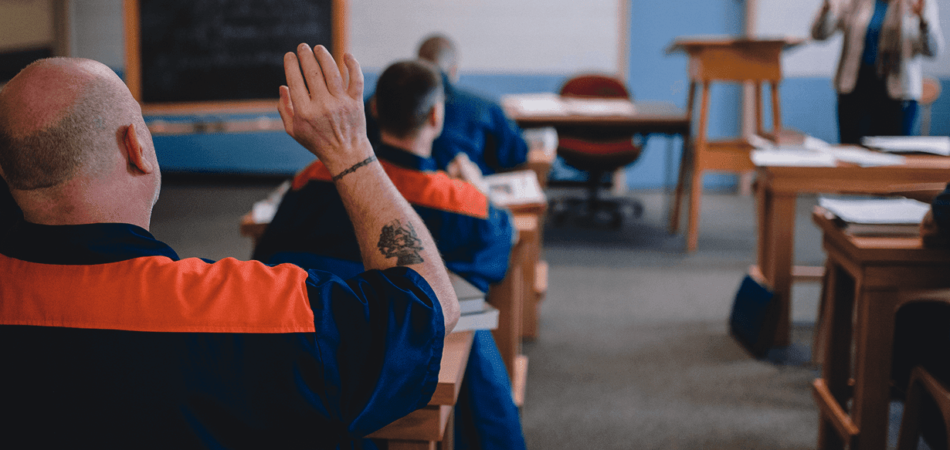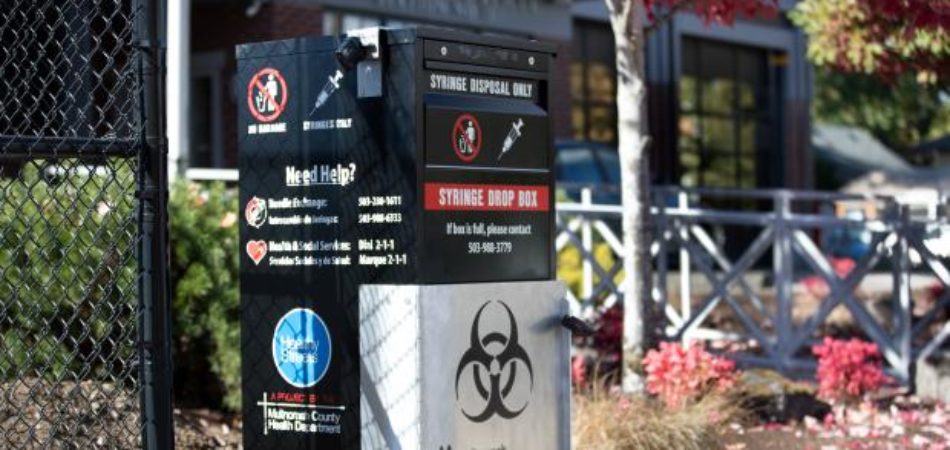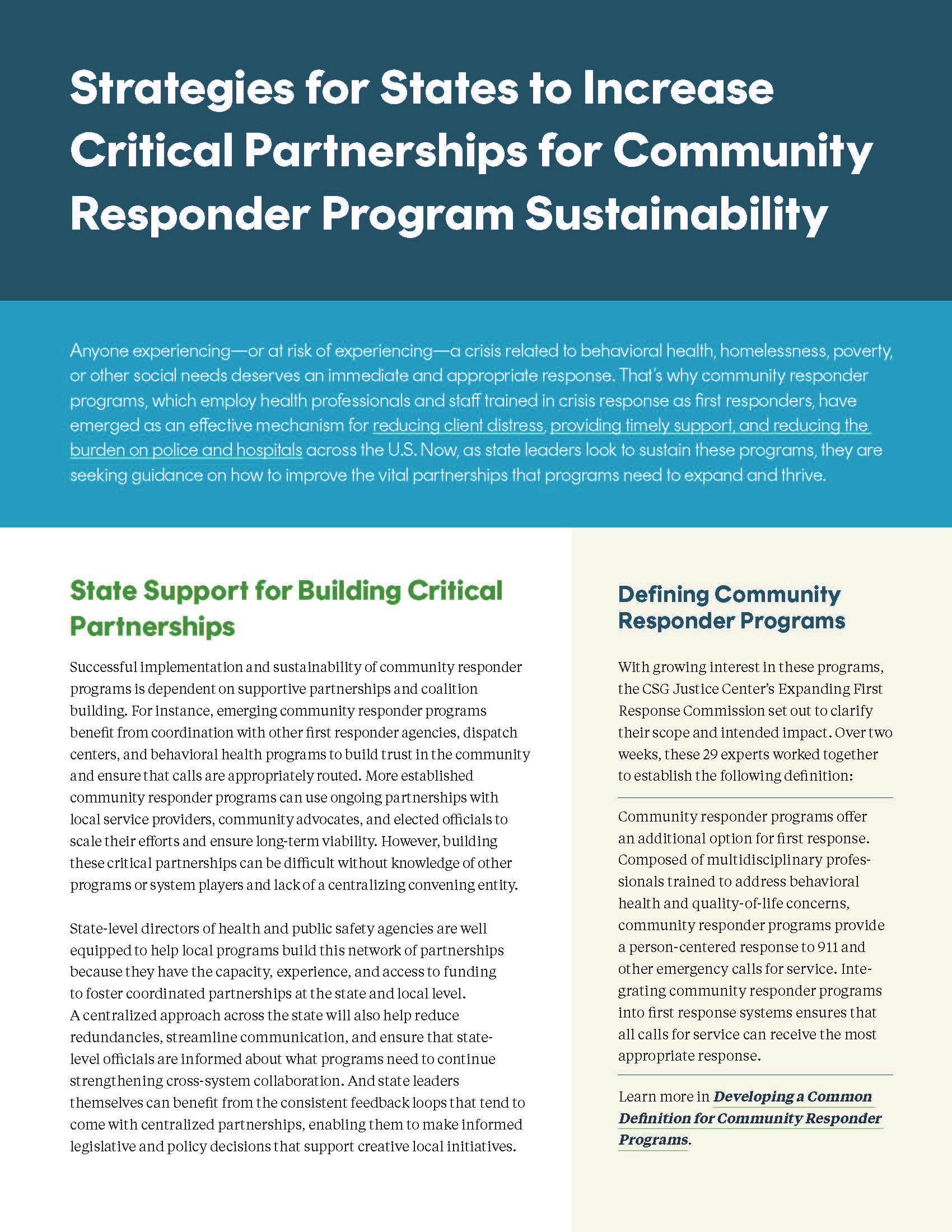Strategies for States to Increase Critical Partnerships for Community Responder Program Sustainability
Community responder programs have emerged as an effective mechanism for reducing client distress, providing timely support, and reducing the burden on police and hospitals across the U.S. Now, as state leaders look to sustain these programs, they are seeking guidance on how to improve the vital partnerships that programs need to expand and thrive.
Strategies for States to Increase Critical Partnerships for Community Responder Program Sustainability
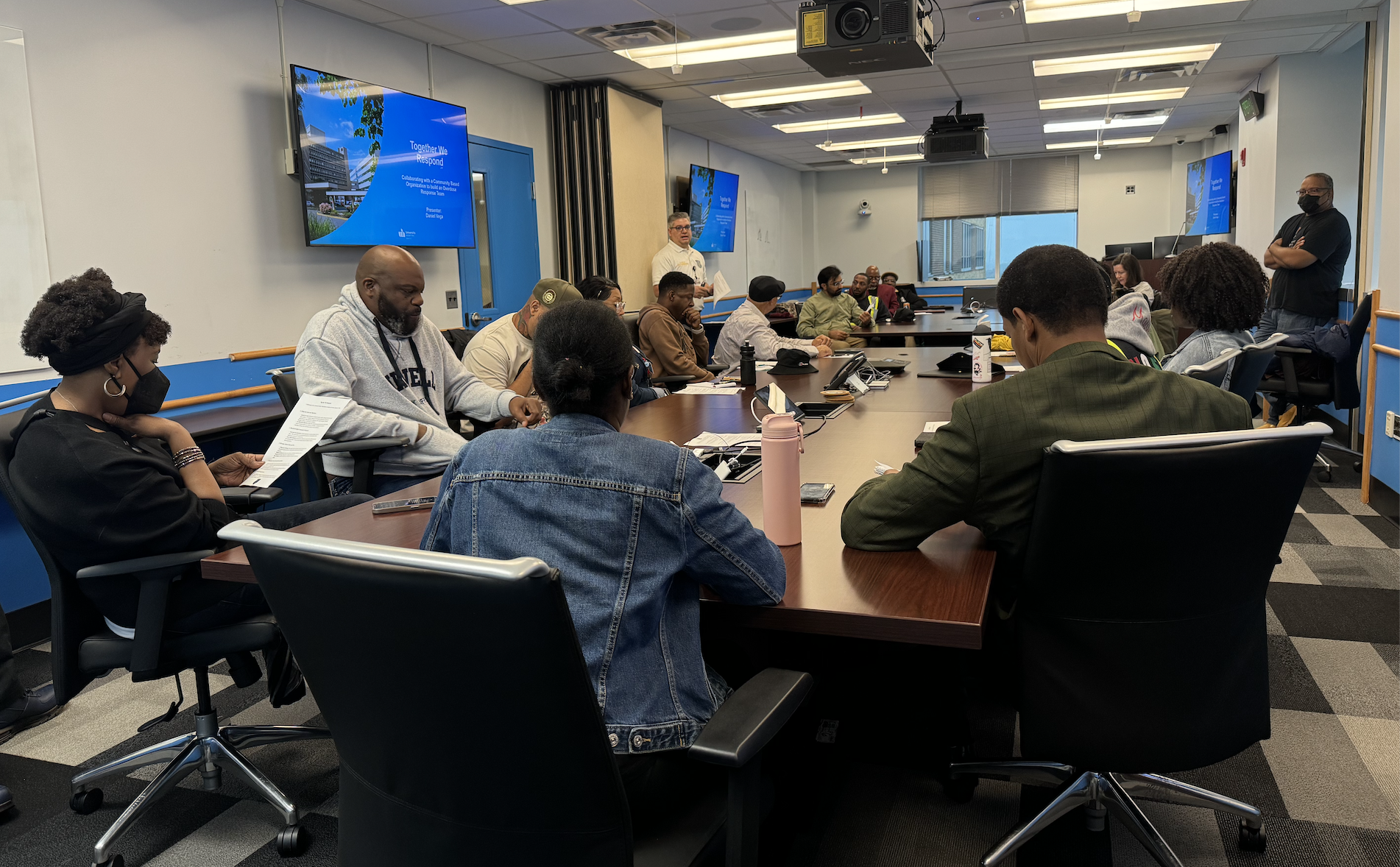
Meeting with Salvation and Social Justice and their partners (Photo Credit: Melissa McKee, CSG Justice Center)
Anyone experiencing—or at risk of experiencing—a crisis related to behavioral health, homelessness, poverty, or other social needs deserves an immediate and appropriate response. That’s why community responder programs, which employ health professionals and staff trained in crisis response as first responders, have emerged as an effective mechanism for reducing client distress, providing timely support, and reducing the burden on police and hospitals across the U.S. Now, as state leaders look to sustain these programs, they are seeking guidance on how to improve the vital partnerships that programs need to expand and thrive.
Successful implementation and sustainability of community responder programs is dependent on supportive partnerships and coalition building. For instance, emerging community responder programs benefit from coordination with other first responder agencies, dispatch centers, and behavioral health programs to build trust in the community and ensure that calls are appropriately routed. More established community responder programs can use ongoing partnerships with local service providers, community advocates, and elected officials to scale their efforts and ensure long-term viability. However, building these critical partnerships can be difficult without knowledge of other programs or system players and lack of a centralizing convening entity.
State-level directors of health and public safety agencies are well equipped to help local programs build this network of partnerships because they have the capacity, experience, and access to funding to foster coordinated partnerships at the state and local level.
Reverend Dr. Charles Boyer, founder of Salvation and Social Justice and member of our national Expanding First Response Commission, reflects on the importance of partnerships for community responder programs: “The New Jersey Department of Health has been a vital partner for our grassroots organization and others to access resources that improve upon our work with the community, while also providing the technical guidance needed to collaborate effectively with municipal first responders. From improving communication and training practices to lending legitimacy to our advocacy, their partnership has given us the backing to strengthen trust, break down barriers, and ensure this program is taken seriously.”
A centralized approach across the state will also help reduce redundancies, streamline communication, and ensure that state-level officials are informed about what programs need to continue strengthening cross-system collaboration. And state leaders themselves can benefit from the consistent feedback loops that tend to come with centralized partnerships, enabling them to make informed legislative and policy decisions that support creative local initiatives.
Defining Community Responder Programs
With growing interest in these programs, the CSG Justice Center’s Expanding First Response Commission set out to clarify their scope and intended impact. Over two weeks, these 29 experts worked together to establish the following definition:
Community responder programs offer an additional option for first response. Composed of multidisciplinary professionals trained to address behavioral health and quality-of-life concerns, community responder programs provide a person-centered response to 911 and other emergency calls for service. Integrating community responder programs into first response systems ensures that all calls for service can receive the most appropriate response.
Learn more in Developing a Common Definition for Community Responder Programs.
3 Things State Leaders Can Do to Support Ongoing Partnerships for Community Responder Programs
The Expanding First Response Commission—which includes advocates, first responders, policymakers, researchers, state and municipal officials, and people with other personal and professional experiences—met between January and March 2025 to develop actionable guidance for state leaders interested in supporting local community responder efforts. Below are three of their recommendations:
1. Foster an environment for ongoing partnership development and advocacy.
Partnerships between state-level leaders and local community responder programs should be formalized through statewide associations, modeled after those established in other first response professions like Texas’ EMS Alliance. State leaders can help convene people who may be interested in starting these associations to bring community responder programs together with key crisis response partners seeking to reduce silos and strengthen resource and information sharing. They can also create other opportunities, such as statewide task forces, so programs can build shared understanding, bridge differences, and advance advocacy for legislative and policy solutions that improve community outcomes.
2. Establish mechanisms for collaborative learning and feedback loops.
State leaders often lack the comprehensive and up-to-date information needed about the scope and impact of community responder programs to fully support their work with responsive and inclusive policies. But setting up regional or county liaisons throughout the state, for example, can help bridge this gap by facilitating collaborative learning opportunities between local programs and state decision-makers. Liaisons can also coordinate ongoing feedback loops to ensure all stakeholders (including community members and advocates) remain aligned on what works and what is needed to sustain operations.
3. Encourage innovative partnerships.
State leaders can foster opportunities for community responder programs to engage in nontraditional partnerships with business improvement districts and other community anchors, such as faith-based organizations, transit systems, and libraries. These kinds of collaborations help to establish mutual value by connecting organizations that directly serve community members, aligning shared missions, and leveraging resources for greater impact. One way state leaders can encourage these partnerships is by providing grant funding to support nontraditional partnerships and community public awareness campaigns.
Read more recommendations from the Expanding First Response Commission.
State Example of These Strategies in Action
In 2024, Georgia’s Public Safety Training Center, a centralized training hub for all state and local public safety agencies, hosted the inaugural 11th Circuit Crisis Response Conference. The free, two-day event welcomed public safety agencies, judicial personnel, behavioral health providers, and community advocates from Georgia, Florida, and Alabama to discuss best practices in crisis response, prevention, and intervention. The conference was organized in partnership with a diverse coalition of state and national organizations, including Georgia’s Department of Behavioral Health and Developmental Disabilities, the National Alliance on Mental Illness, 988 Suicide and Crisis Lifeline, Georgia’s Association of Community Service Boards, and law enforcement agencies from Georgia, Alabama, and Florida.
Sessions also included information about health and wellness initiatives for first responders and explored innovations in state and federal policies. By convening leaders from multiple sectors, the conference equipped participants with practical tools, actionable strategies, and professional networks to strengthen cross-agency coordination and enhance crisis response systems throughout the southeastern United States.
Project Credits
Writing: Felicia Lopez Wright, CSG Justice Center
Research: Mari Bayer, Michelle Fernando, and Felicia Lopez Wright, CSG Justice Center
Advising: Hallie Fader-Towe and Anne Larsen, CSG Justice Center
Editing: Darby Baham, CSG Justice Center
Design: Theresa Carroll, CSG
Web Development: Caroline Cournoyer, CSG Justice Center
Public Affairs: Sarah Kelley, CSG Justice Center

